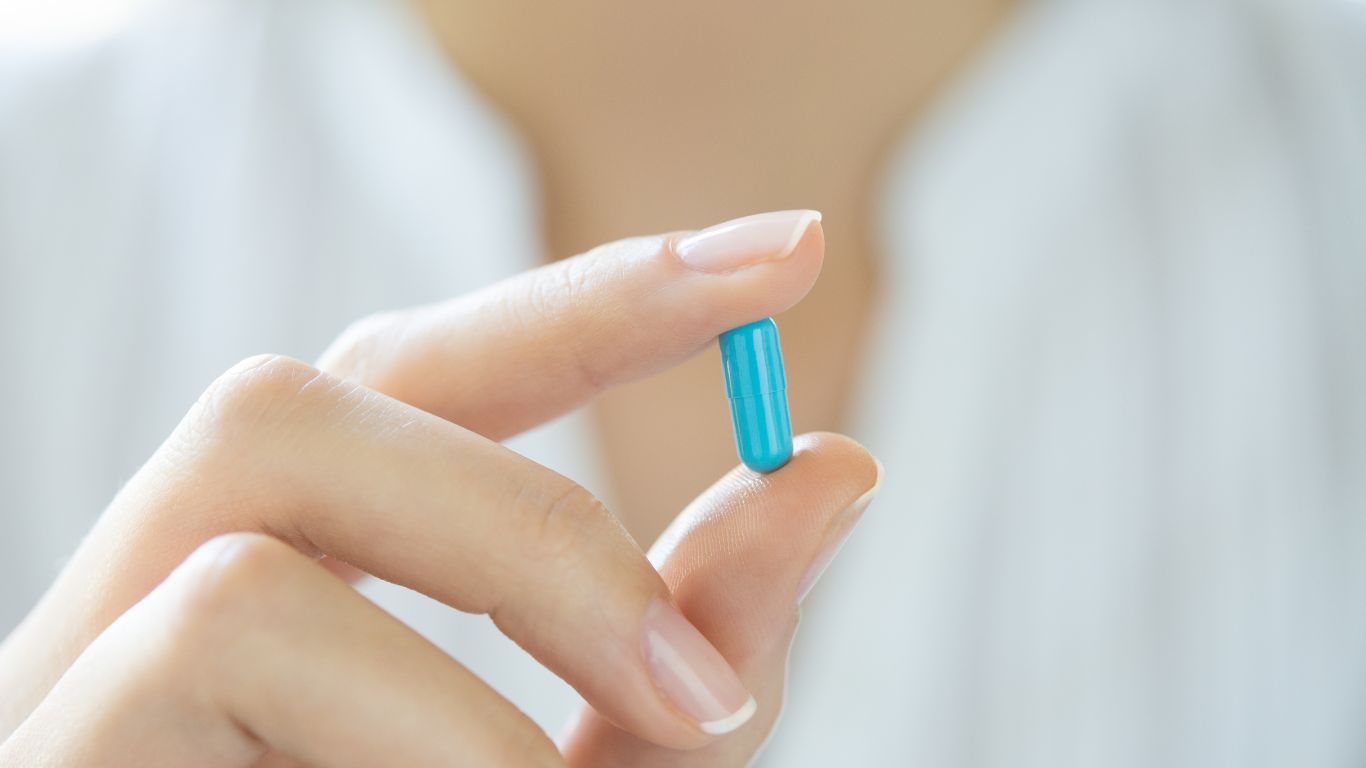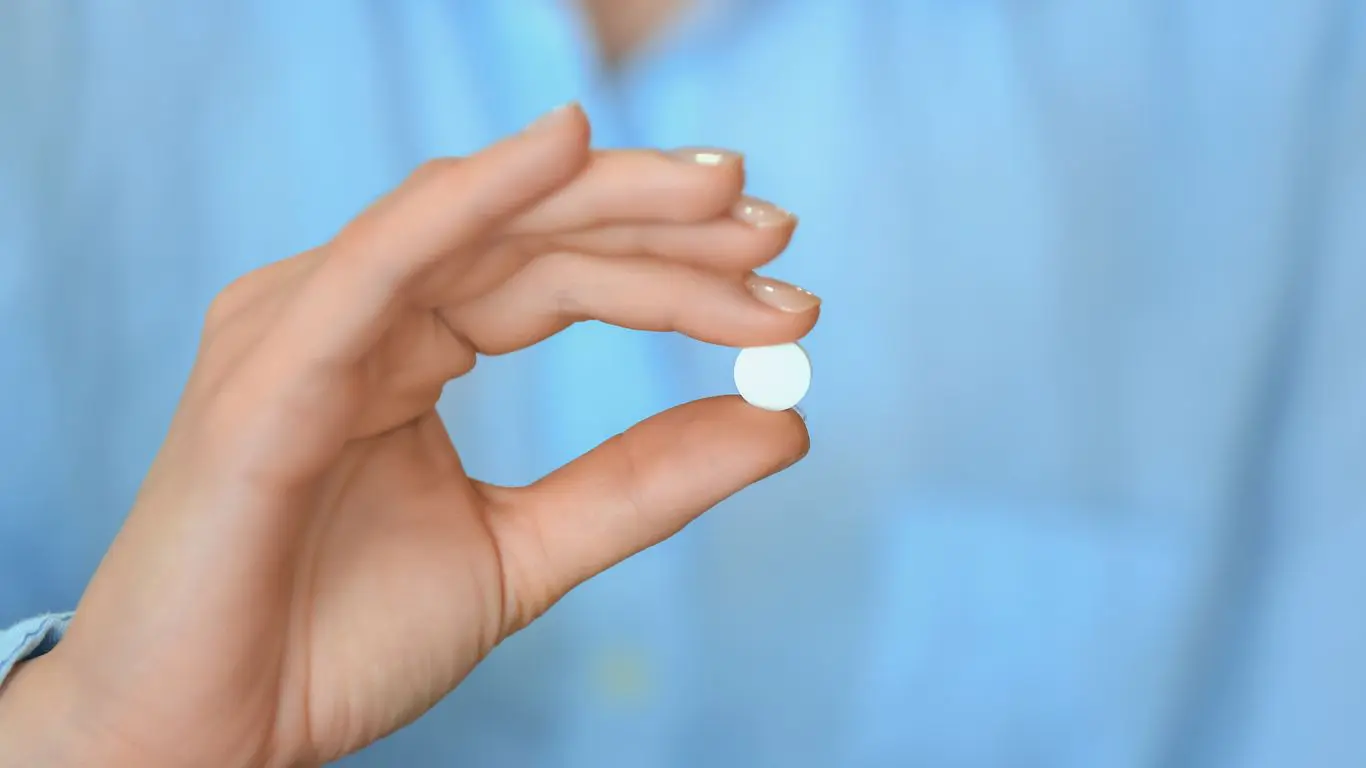Oral DHT Blockers

Dutasteride
Dutasteride, also known as Avodart, is a medication used to treat benign prostatic hyperplasia (BPH), which causes prostate enlargement in men. It may also be prescribed off-label for treating women with androgenetic alopecia , otherwise known as female pattern baldness. Dutasteride is one of the best prescription drug hair loss treatments for female hair loss because it can effectively slow down hair loss.
How Does Dutasteride Work?
Using oral dutasteride for hair loss is an effective treatment because dutasteride blocks the action of an enzyme called 5-alpha-reductase, which prevents your body from converting testosterone into an androgen hormone called dihydrotestosterone (DHT). DHT promotes growth of facial and body hair and causes hair thinning in genetically predisposed adults. Dutasteride stops the production of DHT by over 90%, which helps to prevent, slow down, and even reverse hair loss in people with female pattern baldness. This means that using dutasteride for hair regrowth and to prevent further hair loss is one of the most effective non-surgical treatments for hair loss in appropriate women. Depending on the individual, dutasteride can take three to six months to show its first effects and it takes about one year of taking dutasteride before the impact on preventing hair loss and re-growing hair can be accurately assessed.
Is Dutasteride Better than Minoxidil?
In comparative studies, orally administered dutasteride has shown to be more effective than orally administered minoxidil for treating androgenetic alopecia. A JAMA Dermatology meta-analysis looked at 23 trials analyzing the efficacy of oral minoxidil, finasteride, and dutasteride. The conclusion was that dutasteride had the highest probability of being most effective at treating androgenic alopecia. 0.5 mg/d of oral dutasteride was a more effective treatment than 5mg daily of either finasteride or minoxidil for this hair loss condition.Using oral dutasteride for hair loss is an effective treatment because dutasteride blocks the action of an enzyme called 5-alpha-reductase, which prevents your body from converting testosterone into an androgen hormone called dihydrotestosterone (DHT). DHT promotes growth of facial and body hair and causes hair thinning in genetically predisposed adults. Dutasteride stops the production of DHT by over 90%, which helps to prevent, slow down, and even reverse hair loss in people with female pattern baldness. This means that using dutasteride for hair regrowth and to prevent further hair loss is one of the most effective non-surgical treatments for hair loss in appropriate women. Depending on the individual, dutasteride can take three to six months to show its first effects and it takes about one year of taking dutasteride before the impact on preventing hair loss and re-growing hair can be accurately assessed.

Finasteride
Finasteride was first developed as a treatment for benign prostatic hyperplasia, otherwise known as an enlarged prostate. As a hair loss treatment, finasteride is possibly the most thoroughly researched androgenic alopecia medication.
How Does Finasteride Work?
FDA-approve, finasteride prevents the androgen-dependent miniaturization of hair follicles by binding to and blocking the type II 5 alpha reductase enzyme and preventing the conversion of testosterone to DHT. DHT, or dihydrotestosterone, is an androgen produced from testosterone and is the hormone responsible for female pattern hair loss. In women susceptible to hair loss, DHT can bind to receptors in the hair follicles and cause them to shrink and eventually die. 1mg of finasteride can lower serum and scalp DHT levels by 60%. Many clinical trials and results of 10-year follow-up studies examining finasteride and its long-term efficacy suggest significant lasting increases in hair growth after long-term finasteride use. A finasteride treatment is most effective on the vertex scalp, less on the frontal scalp, and it is least effective on the temporal regions.
In addition to improved hair counts, a finasteride treatment can lead to increased hair thickness as well.
Will Finasteride Grow Hair?
Baldness results from your hair follicles slowly shrinking over time, creating finer, wispier hair. Eventually, hair follicles will not grow new hair. That being said, as long as the follicle remains intact, patients can grow new, thicker hair when using finasteride for hair growth. Finasteride is able to stop further hair loss in this way in over 95% of women that take it. 66% of patients will achieve moderate finasteride hair regrowth and 5% will achieve marked finasteride regrowth. Hair regrowth from finasteride may be possible in some patients. As finasteride is most effective on the vertex scalp, finasteride crown regrowth is more commonly seen than that of the temporal regions or frontal scalp. Finasteride hair loss treatments should be continued for at least 12 months to assess its full effect. Long-term studies have found that the patient’s finasteride results after 1 year may predict its effectiveness going forward. Patients who fail to respond in the first year are likely to be non-responders in the long term too.
Finasteride needs to be continued indefinitely to maintain efficiency as it only works for as long as it is used.
